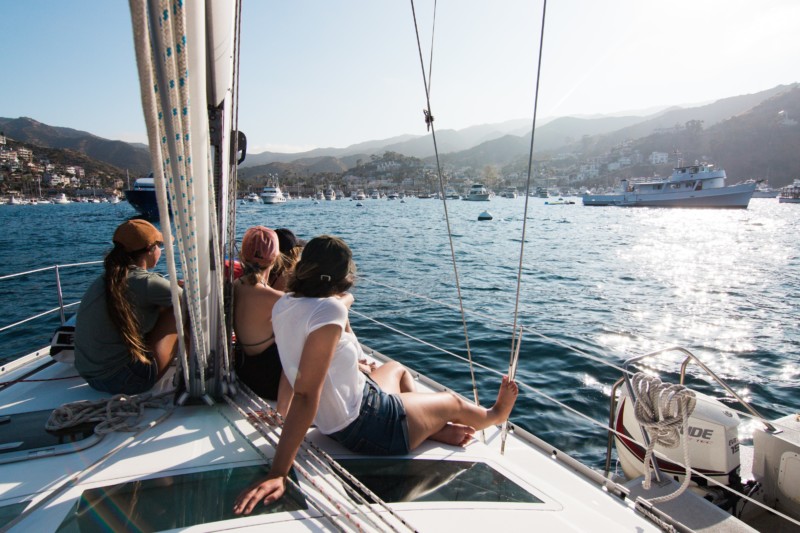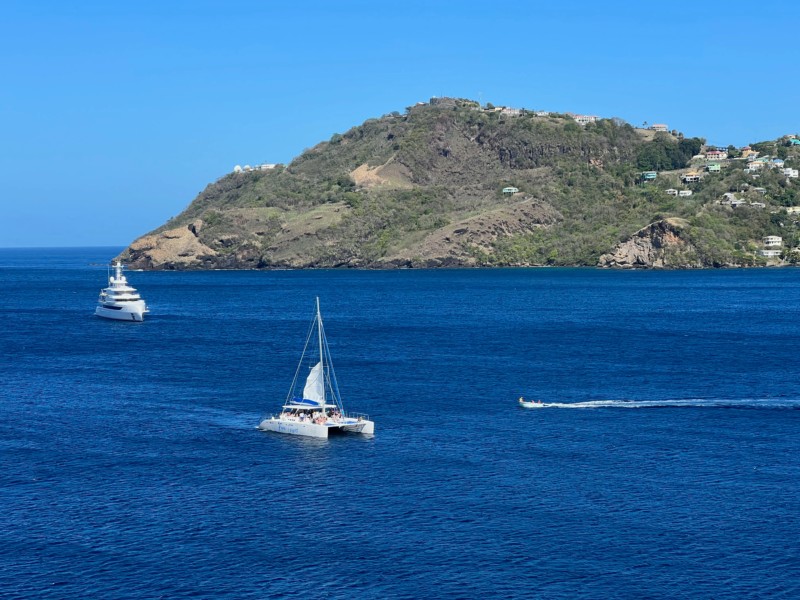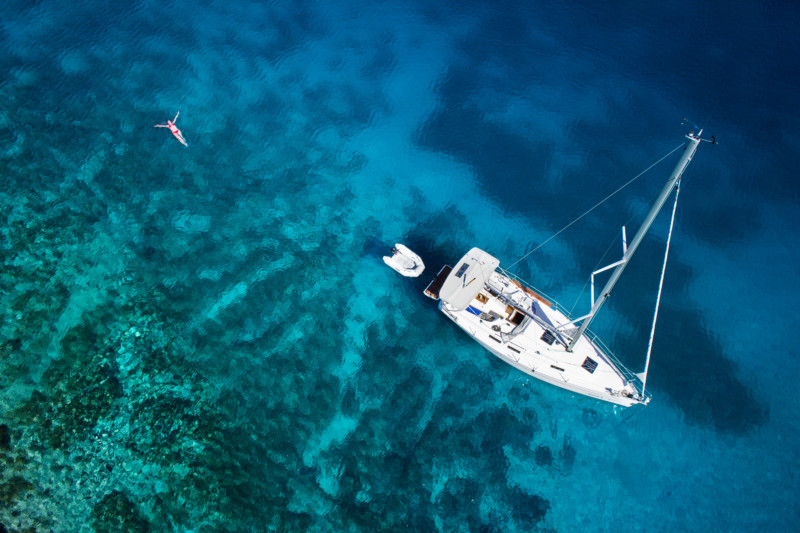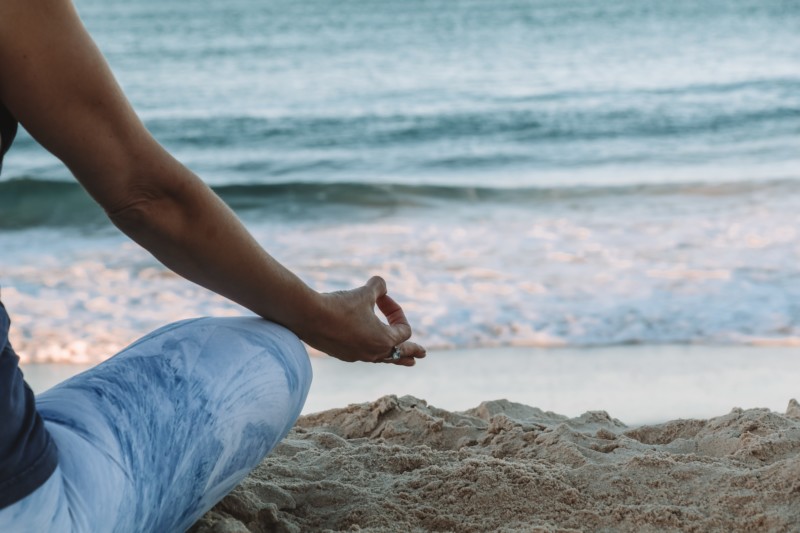Picture this, you’re on your way to the coast, looking forward to having a fun-filled day. Today’s agenda? A dayboat route out at sea, oysters and bubbles at lunch, a little paddleboarding to get your adrenaline going, and maybe even a lazy nap by the beach. The sun is shining, the wind is blowing, the waves are calm… This is bliss!

From open water swimming for sport to simply lazing around by the sea, people have for a long time fancied seaside adventures. Early human interactions with the coast can be traced back to Roman and Viking military cultures, where swimming in open seas was done for the sport. In more recent history, dating back to the 18th century, seaside adventures have been recorded as being a preserve for the wealthy, who desired a relaxing break by the water. Seaside towns such as Scarborough in the North Sea of England, and Deauville along France’s Normandy Coast, marked their growth from quaint little towns, to the remarkable seaside resorts they are today, owing to people’s occasional need for a breather.

It goes without saying that today, with advances in technology and the ease of movement from one part of the world to another, this phenomenon is at an all-time high, especially around the summer seasons. Whether it stems from a need to simply cool down, or take a break from the pressures of modern city lifestyles, what is it exactly that draws us year in, year out, to the joys of being at sea?
Enter Blue Health, is a term that has grown in popularity and recognition in recent times, referring to the perceived health benefits from simply having some sort of interaction with the sea.
To shine some light on this, in a European study conducted between 2016 and 2020, urban waterways were found to have positive health outcomes on people who had mainly spent their time indoors for extended periods of time. Elaborating further, Dr Mathew White of the European Centre for Environmental and Human Health, explains Blue Health as the health and wellbeing implications of being in or around the seas and coasts. Looking to ground this purely human intuition in empirical evidence, Dr White and his team conducted a study using data from 48 million people across England. It was then established that the closer people lived to the coastline, the higher the level of self-reported health and well-being among them. And why was this? It was thought that people who spend time on the coast tend to relax more, engage in more physical activity, and experience more positive social interactions by the coast.

And indeed, seeing the potential for good to be found in such an idea, organisations now exist to propagate this idea, such as Sea Sanctuary, a UK-based organisation that terms itself a “blue health pioneer”. Since research shows that ‘blue spaces’ can boost our emotional well-being, the charity has aimed to help by organised trips around the Cornwall coastline.
With the commencement of World Wellbeing Week this week, now is the time to put Blue Health into practice. The aim of the week is to remind you to prioritise a healthier lifestyle and contribute to a better you, and why not take some time for yourself and try renting a boat with SamBoat and escape to sea to focus more on yourself while having time away from the busy and demanding days on land?



